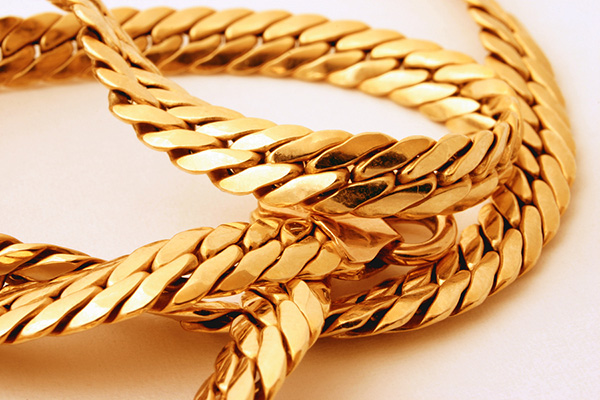
Mideast gold demand up 8pc in Q3
LONDON, November 12, 2015
Demand for gold jewellery grew 8 per cent in Middle East during the third quarter (Q3) of the 2015 to 56 tonnes from 51 tonnes in the same period last year, according to the World Gold Council’s Gold Demand Trends report.
The Middle East growth was led by Iran, which saw an increase of 40 per cent to 13 tonnes compared to Q3 2014 as the signing of the nuclear deal boosted economic confidence and coincided with the drop in gold prices. In addition both Saudi Arabia and Egypt also reported increases of 6 per cent to 16 tonnes and 12 tonnes respectively.
Globally, gold demand in the third quarter (Q3) of 2015 stood at 1,121 tonnes, an increase of 8 per cent compared to the same period last year, the report said.
The third quarter consisted of two distinct halves. In the first part, a number of factors, including ETF outflows, contributed to a price dip which buoyed consumer demand around the world. A shift in tactical investor positions in the latter part of the quarter led to modest ETF inflows in August and September, which helped to push prices back up.
Global investment demand saw a significant increase this quarter, up 27 per cent to 230 tonnes. Bar and coin purchases were up by a third on Q3 2014 with Western markets in particular showing a surge. In the US, bar and coin demand reached its highest total in five years, up 207 per cent to 33t.
Europe also saw strong levels of demand in the investment sector as ongoing concerns surrounding the Greek debt crisis and c uncertainty in Eastern Europe, the result of a number of factors including continuing tensions between Russia and Ukraine and saw demand climb by 35 per cent to 61 tonnes. In China, investment demand grew by 70 per cent to 52 tonnes, as demand was initially stimulated by the gold price weakness in July, which was further fuelled by the mid-August foreign exchange reform. In India, the investment sector saw its first increase since Q3 2014, up 6 per cent year-on-year to 57 tonnes.
Overall jewellery demand for Q3 2015 was 632 tonnes compared to 594 tonnes in Q3 2014, up 6 per cent year-on-year. Consumers in India, China, the US and the Middle East took advantage of lower prices in July and August. This was particularly evident in India, partly as festival purchases were brought forward, resulting in a 15 per cent increase in jewellery demand to 211 tonnes over the period.
Central banks remained a significant source of demand, and were net buyers for the 19th consecutive quarter. Purchases by official sector institutions reached 175 tonnes, a level almost matching the record highs in Q3 2014, as the net widened to include new reports from countries such as China and the UAE.
Total supply was marginally higher year-on-year up 1 per cent at 1,100 tonnes. Mine production contracted slightly and recycling declined further in Q3, but this was more than offset by fresh producer hedging. The long term indication is that supply will remain constrained as the mining industry continues to proactively manage costs and optimise its operational performance.
Alistair Hewitt, head of Market Intelligence at the World Gold Council, said: “China and India remain the dominant figures in the global gold market, accounting for close to 45 per cent of total demand. But what was particularly noticeable this quarter is that the consumer response to the price dip was a truly global occurrence.”
“There were significant gains in bar and coin demand in China and across Europe, but it was in the US where we saw the most dramatic growth, with US Mint Eagle sales reaching their highest level since Q2 2010. Global jewellery demand also picked up, in what is traditionally a quiet time of the year for jewellery demand.
“Separately, purchases by the central banks almost equalled the Q3 2014 record as gold’s diversification benefits continue to be recognised. The increased transparency that comes from the publication of China’s reserve data is a welcome addition to the market – although Russia still remains the most significant buyer. These factors combined, illustrate the diversity of gold demand and the broad range of factors that underpin it.” – TradeArabia News Service







